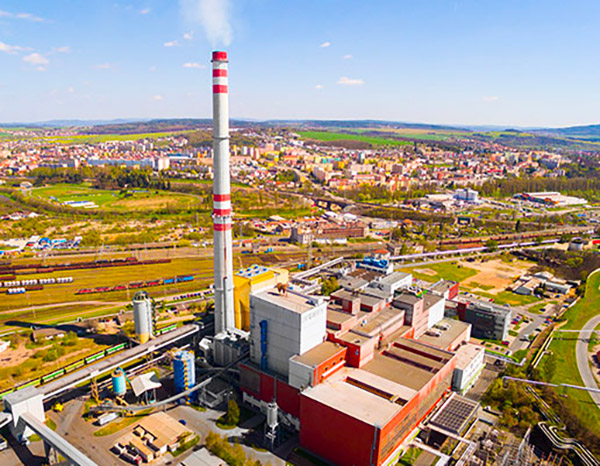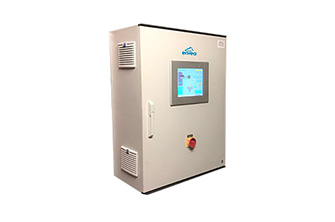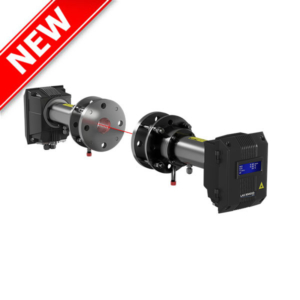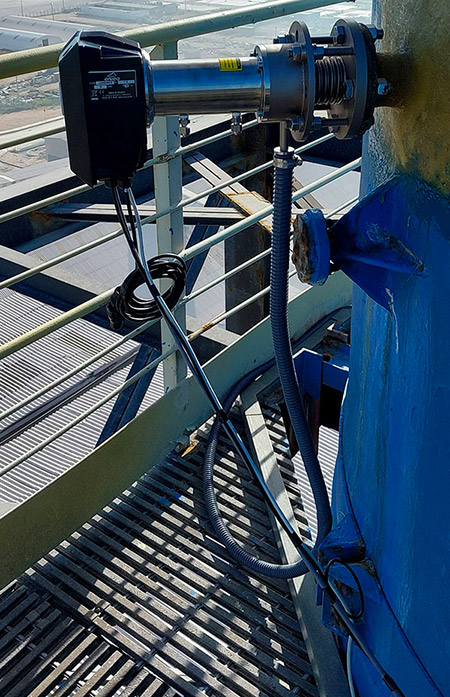
Background
Two of these gaseous compounds are hydrogen chloride (HCl) & Sulphur Dioxide (SO2), both of which are acid gases. Under normal operation, both are emitted in small quantities from EfW plants.
Small quantity emissions are the result of very good abatement control technology. Lime is injected into the abatement plant, which effectively ‘scrubs’ any acidic components that are present in the gas stream.
However, due to the inhomogeneous nature of the feedstock (black bin waste) the concentration of HCl & SO2 can vary, so both need to be carefully monitored.
Issue faced
| Current limit (mg/m3) |
New limit, current plant (mg/m3) |
New limit, new plant (mg/m3) |
|
|---|---|---|---|
| HCl | 10 | 8 | 6 |
| SO2 | 50 | 40 | 30 |
The problem with this method is the reliance on a ‘feed-back’ technique. Site operators have been frequently adding too much lime. Overdosing is common but this comes at a cost in both emission limit breaches & lime wastage.
SOLUTION
The LAS 5000XD TDL was proposed, even though it was limited to HCl measurement only. ENVEA’s knowledge of the EfW process, the known concentration of the raw gas & the ELV proved that if you control the HCl, the SO2 would be controlled as a byproduct.
The in-situ gas analyzer was trialed to measure process HCl gas prior to abatement so accurate amounts of lime could be added.
The LAS 5000XD is a precise, reliable & maintenance free solution. It measures HCl which allows the plant to run in fully automatic mode, where the lime dosing is controlled from the instrument readings.
Now, raw gas measurement can be performed by the LAS 5000XD prior to abatement to manage the feed-forward.
This solution has been largely appreciated by the plant operators because it’s the first time since the site became operational that their abatement plant has been fully automated.
CUSTOMER BENEFITS
- Allows the abatement plant to operate fully automated without intervention thus removing guesswork and improving accuracy.
- Meets current Emission Limit Values (ELVs) and supports future BREF requirements.
- Lime dosing savings of £21k per stream.
- Maintenance free – Reducing downtime otherwise spent servicing parts.
Result
Therefore, return on investment for the LAS 5000XD is just over one year.



